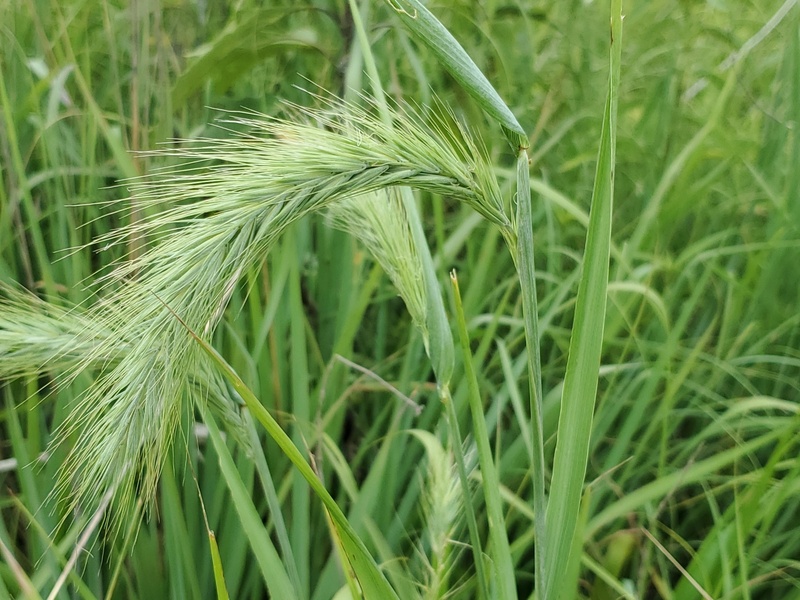
Exploring the Groundcover Layer: Native Grasses and Sedges in Haliburton Gardens
The secret to vibrant and ecologically balanced gardens often lies hidden in plain sight: within the groundcover layer. These unassuming plants play a pivotal role in the structure and sustainability of native plant gardens, providing an ecological foundation that supports biodiversity.
Understanding Grasses and Sedges
Grasses and sedges, members of the Poaceae and Cyperaceae families respectively, are key players in natural ecosystems. Grasses are known for their long, narrow leaves and jointed stems, while sedges are distinguished by their triangular stems and solid, unjointed stems. Both groups are adapted to a wide range of environmental conditions and play crucial roles in stabilizing soil, conserving water, and offering habitat and food for wildlife.
Grasses and Sedges in the Groundcover Layer
In native plant gardens, the groundcover layer – composed primarily of grasses and sedges but with other herbaceous plants too – forms the foundation upon which other plant communities are built. These plants create a living mulch that suppresses weeds, maintains soil moisture, and adds textural and visual interest throughout the year.
Cool Season vs. Warm Season Grasses
Understanding the difference between cool-season and warm-season grasses is crucial for natural gardeners in Haliburton County. Cool-season grasses, such as Bottlebrush Grass (Elymus hystrix), thrive in the cooler temperatures of spring and fall, while warm season grasses like Little Bluestem (Schizachyrium scoparium) peak in growth during the warmer months. Both of these plants were used in the native plant garden at Lucas House. So if you want your garden to green up early, choose some cool-season grasses. And if you want growth when the sun is backing hot, add some warm-season grasses. In summary, include both!
For more information on suitable groundcover plants, click here.
